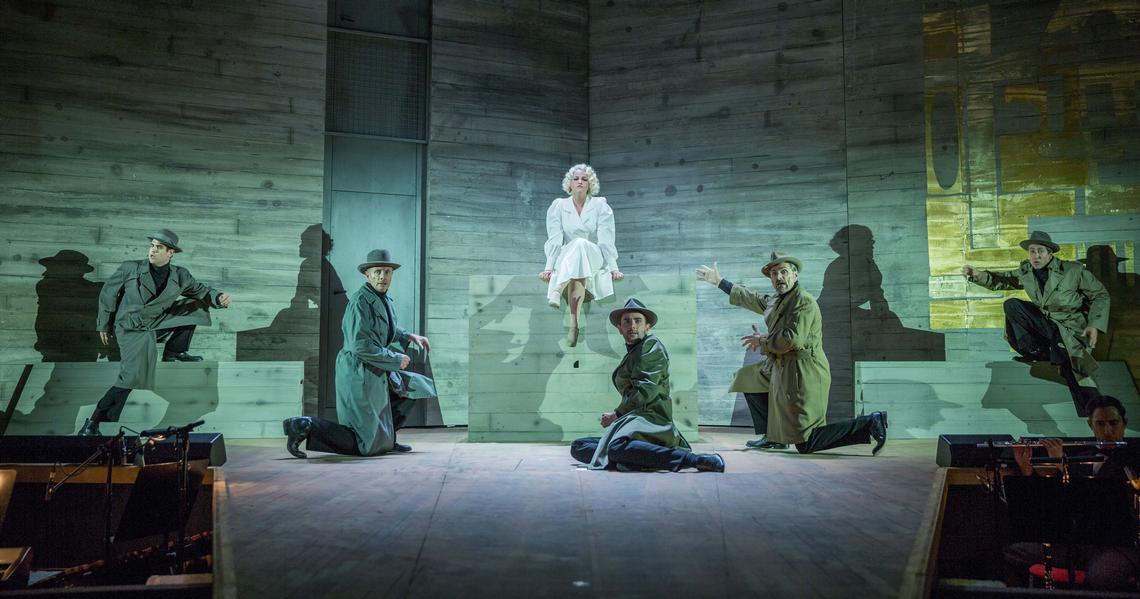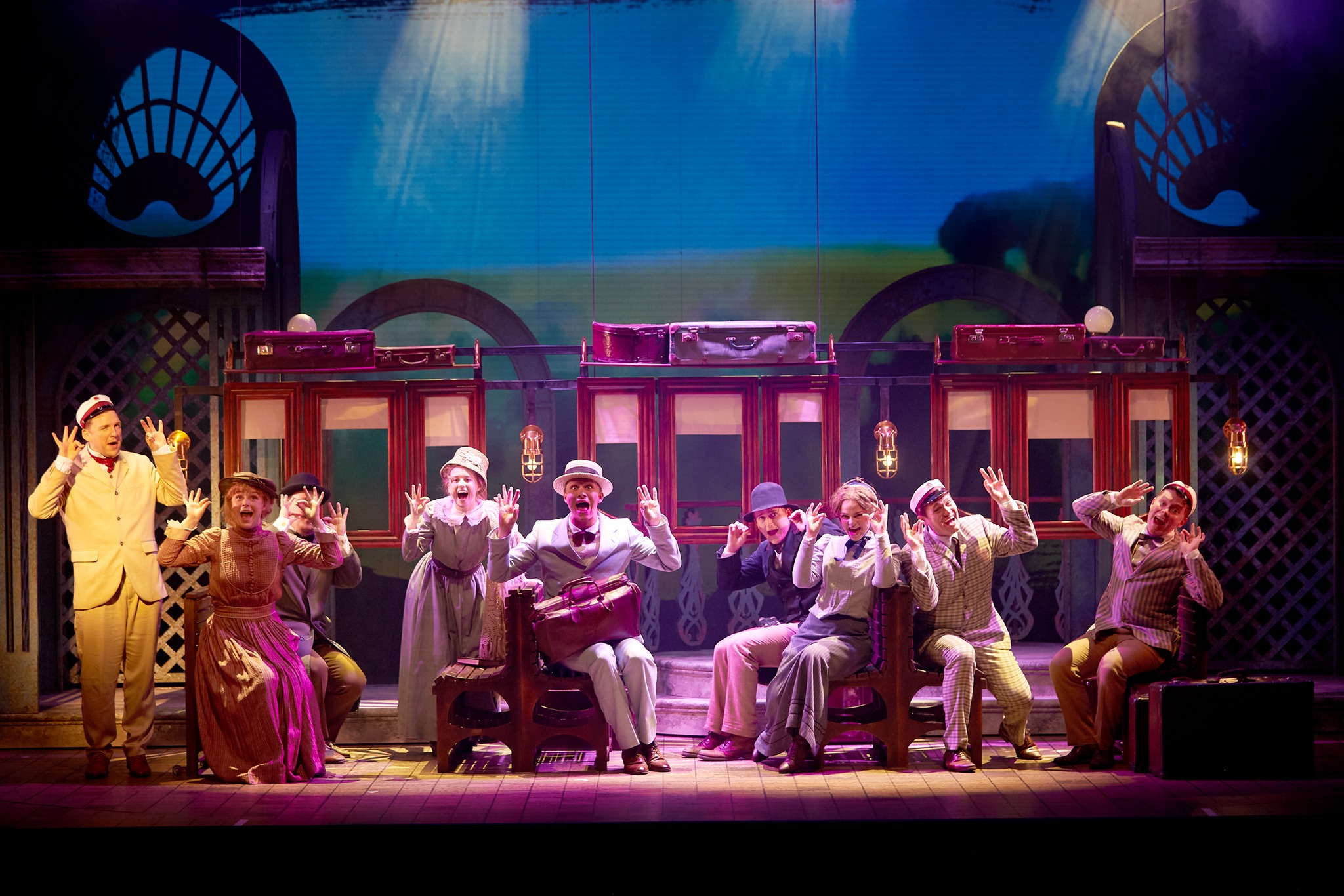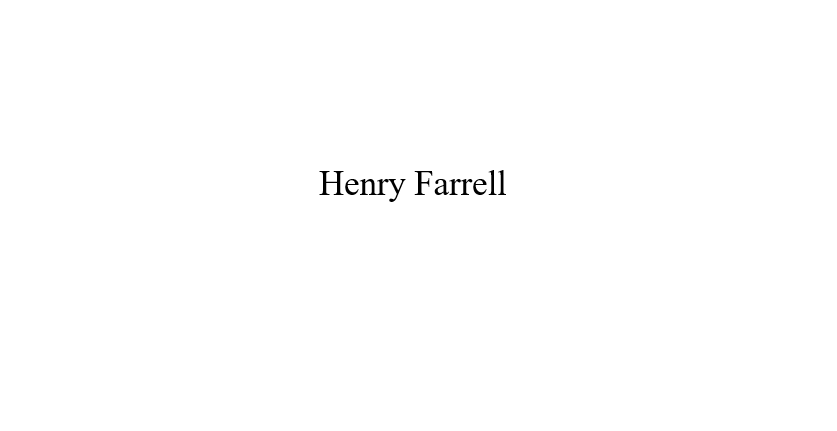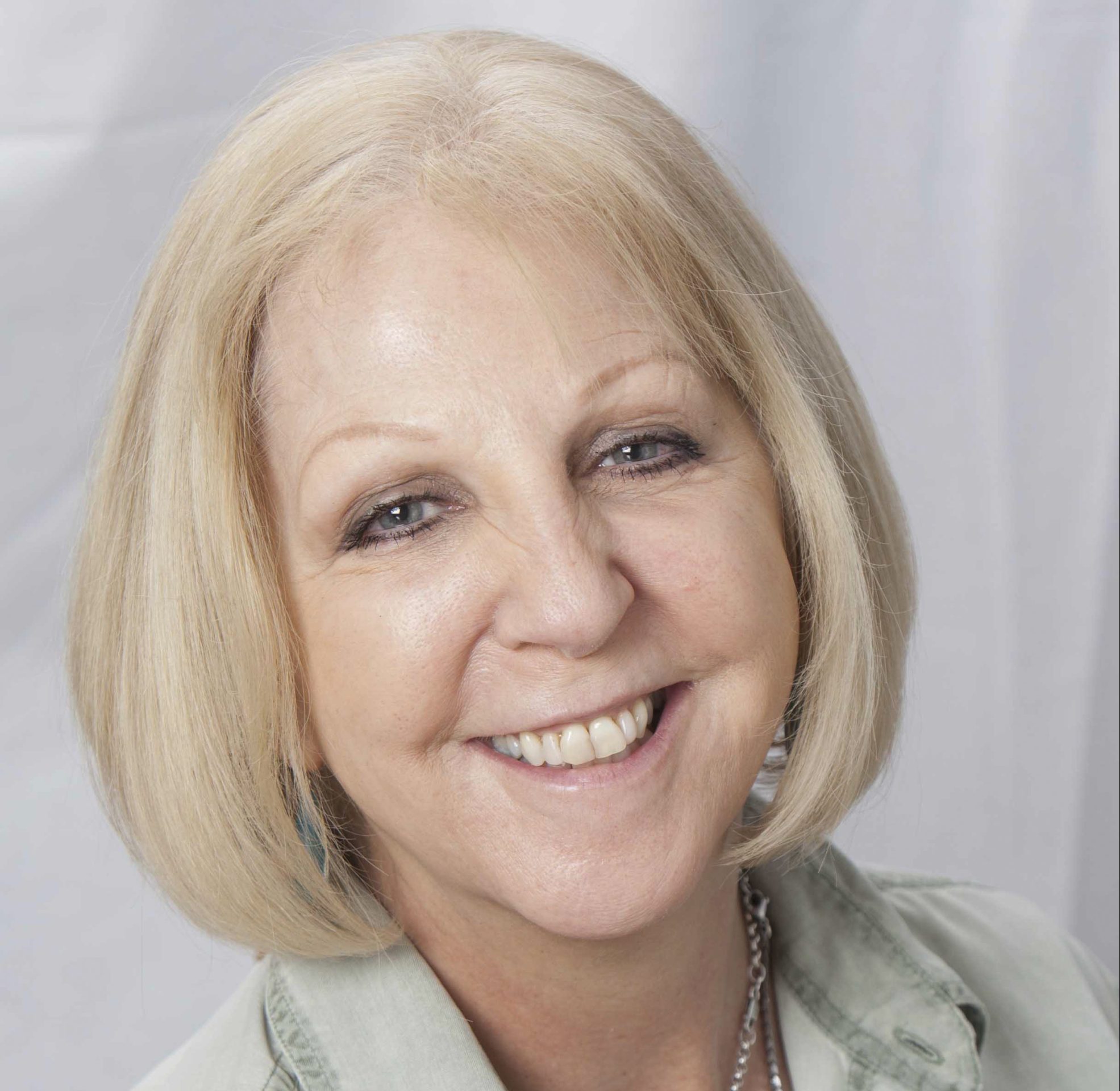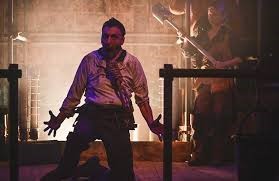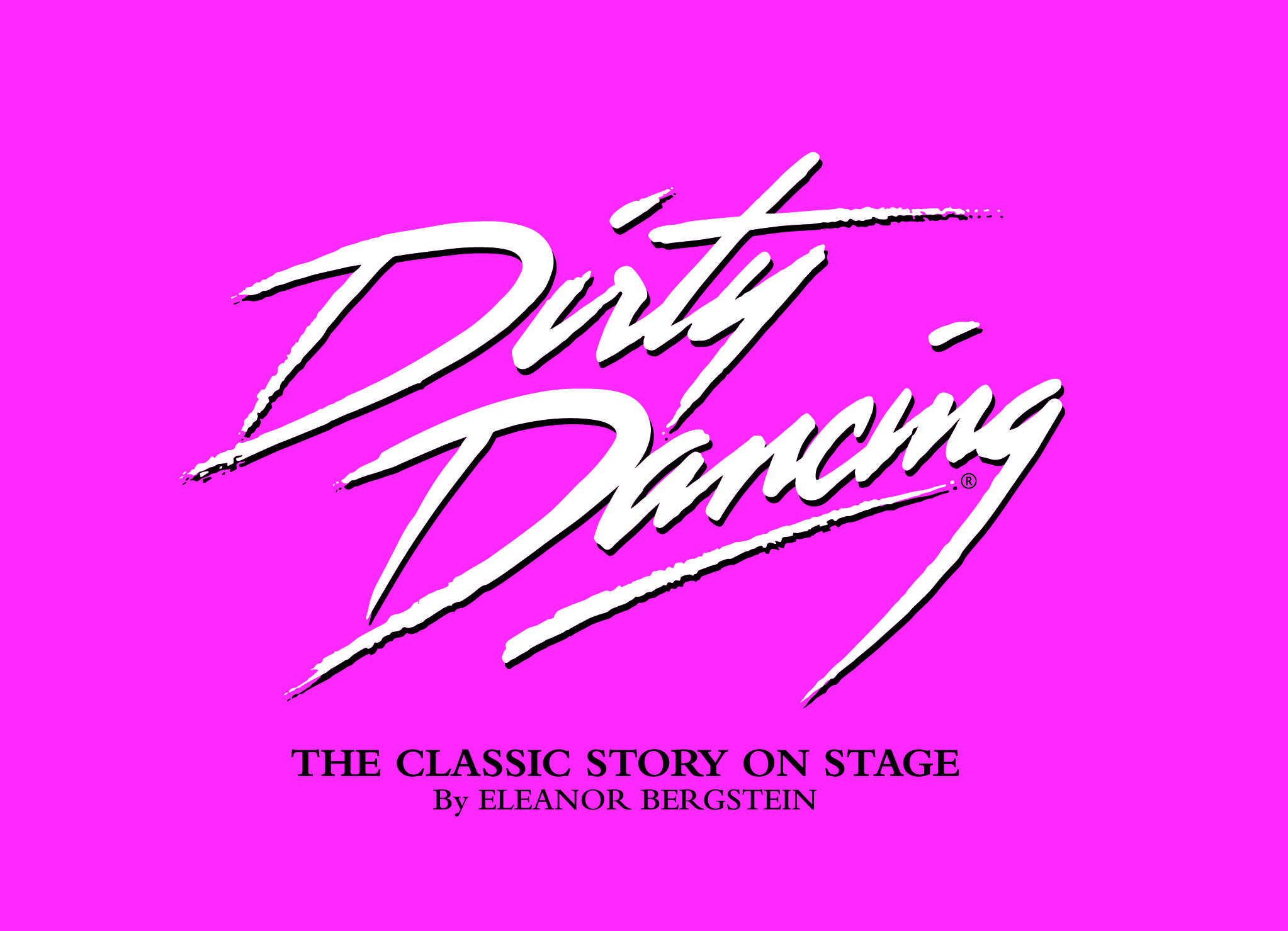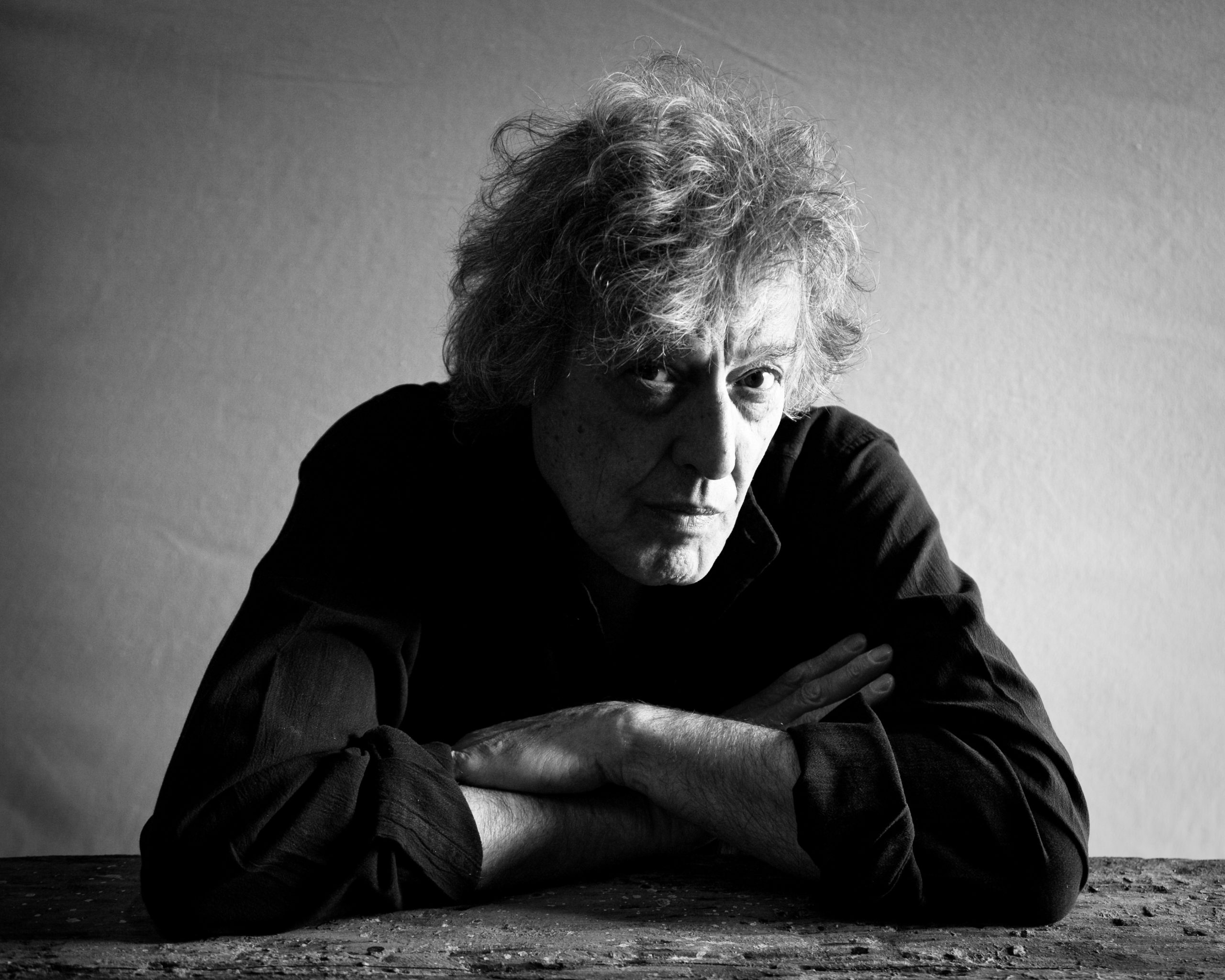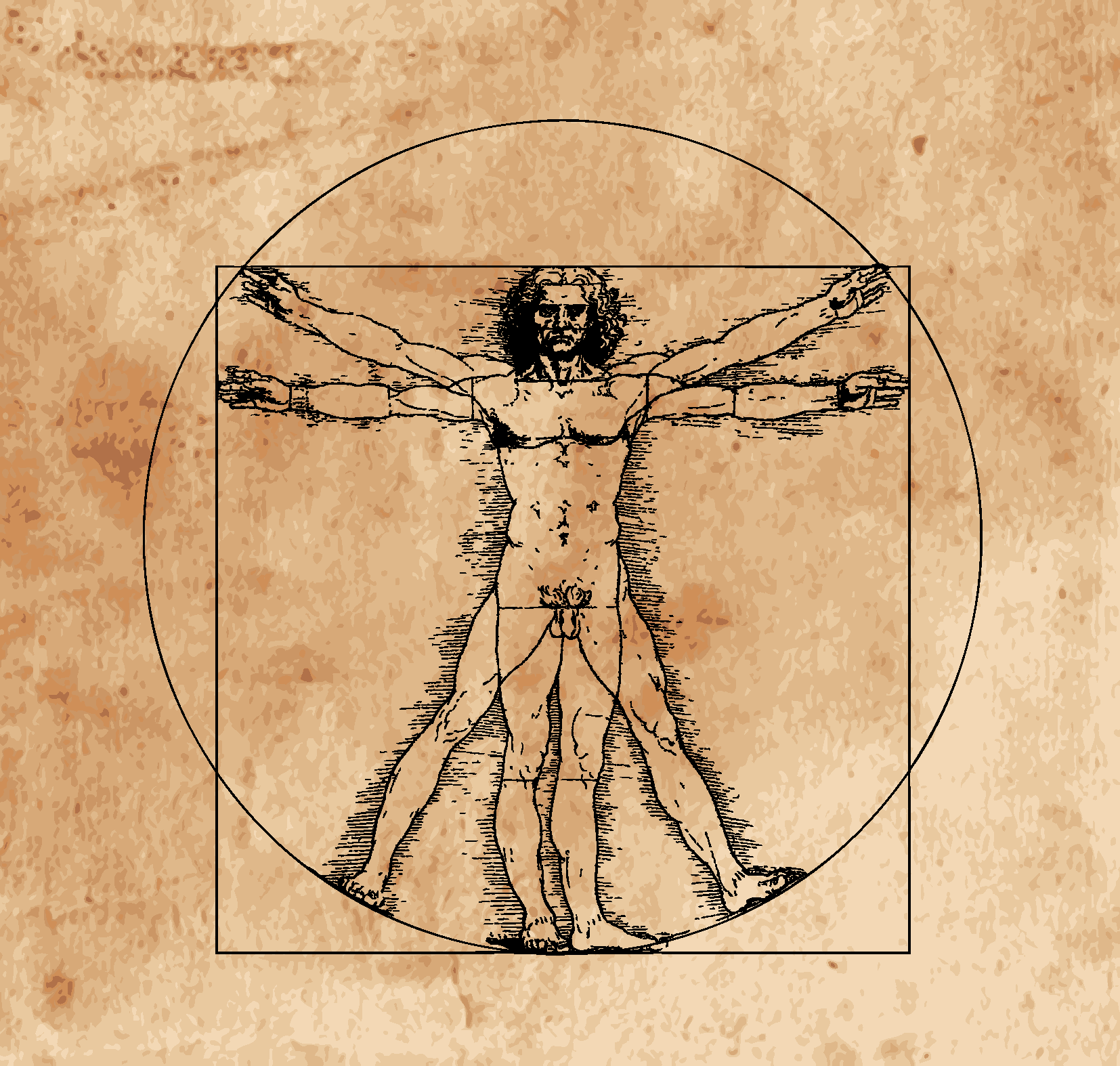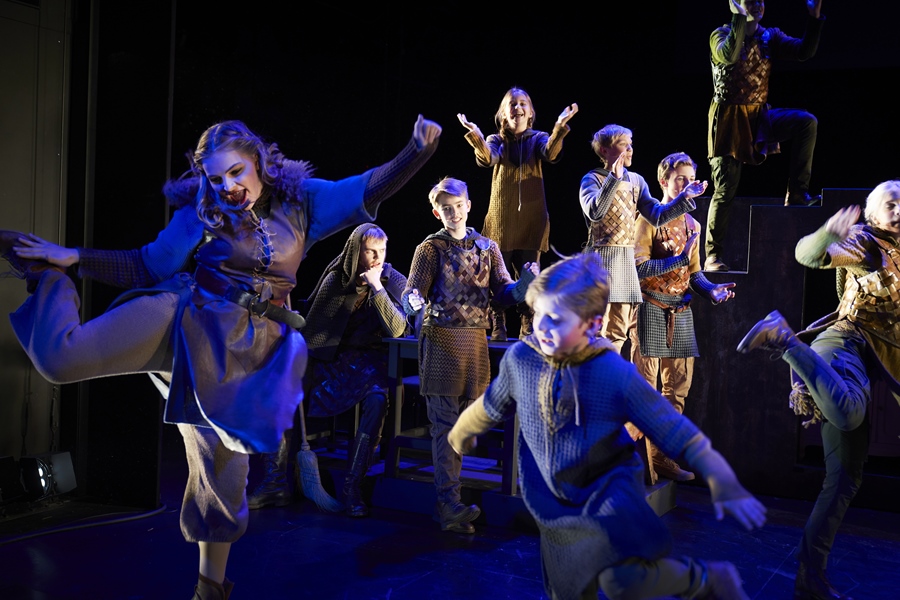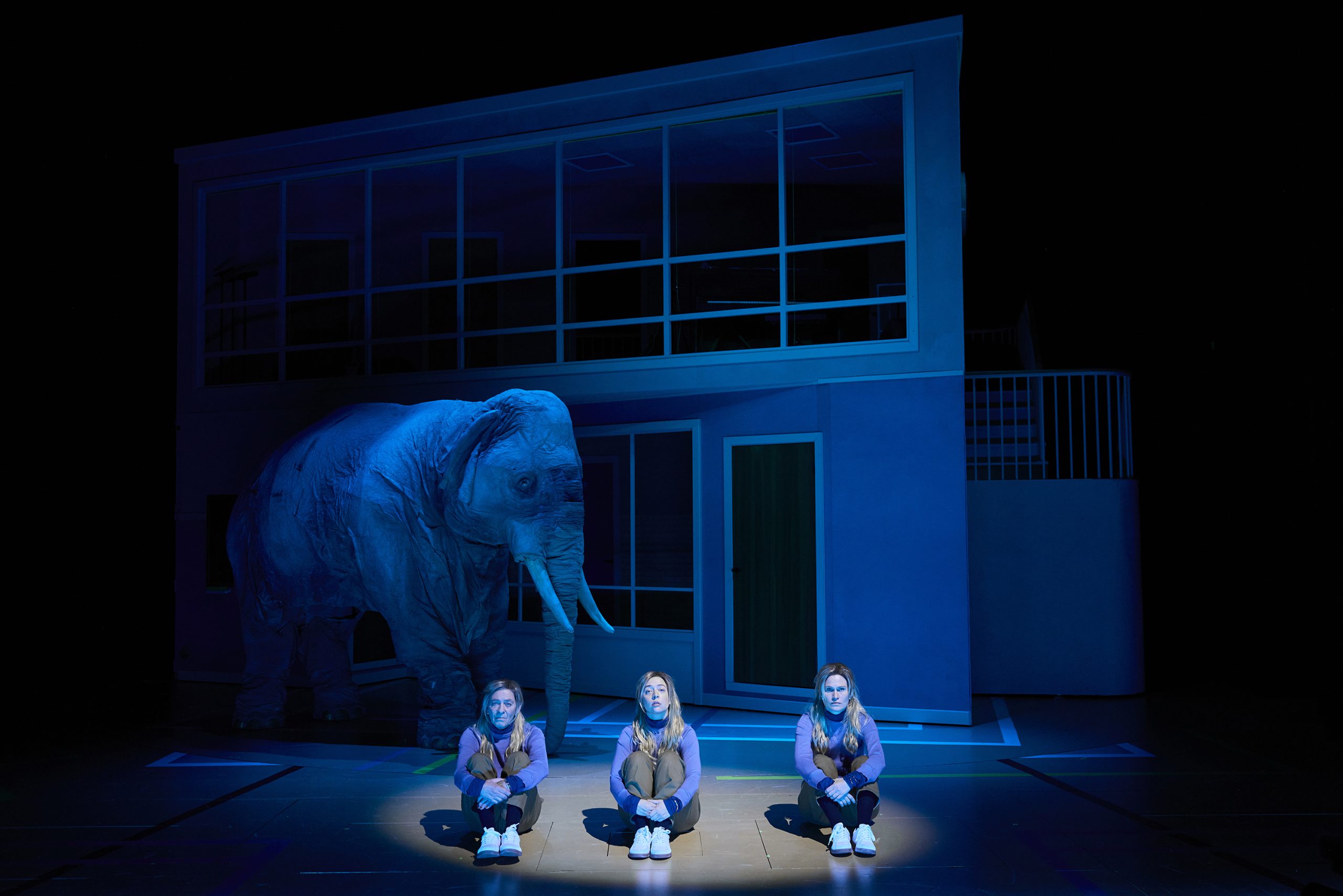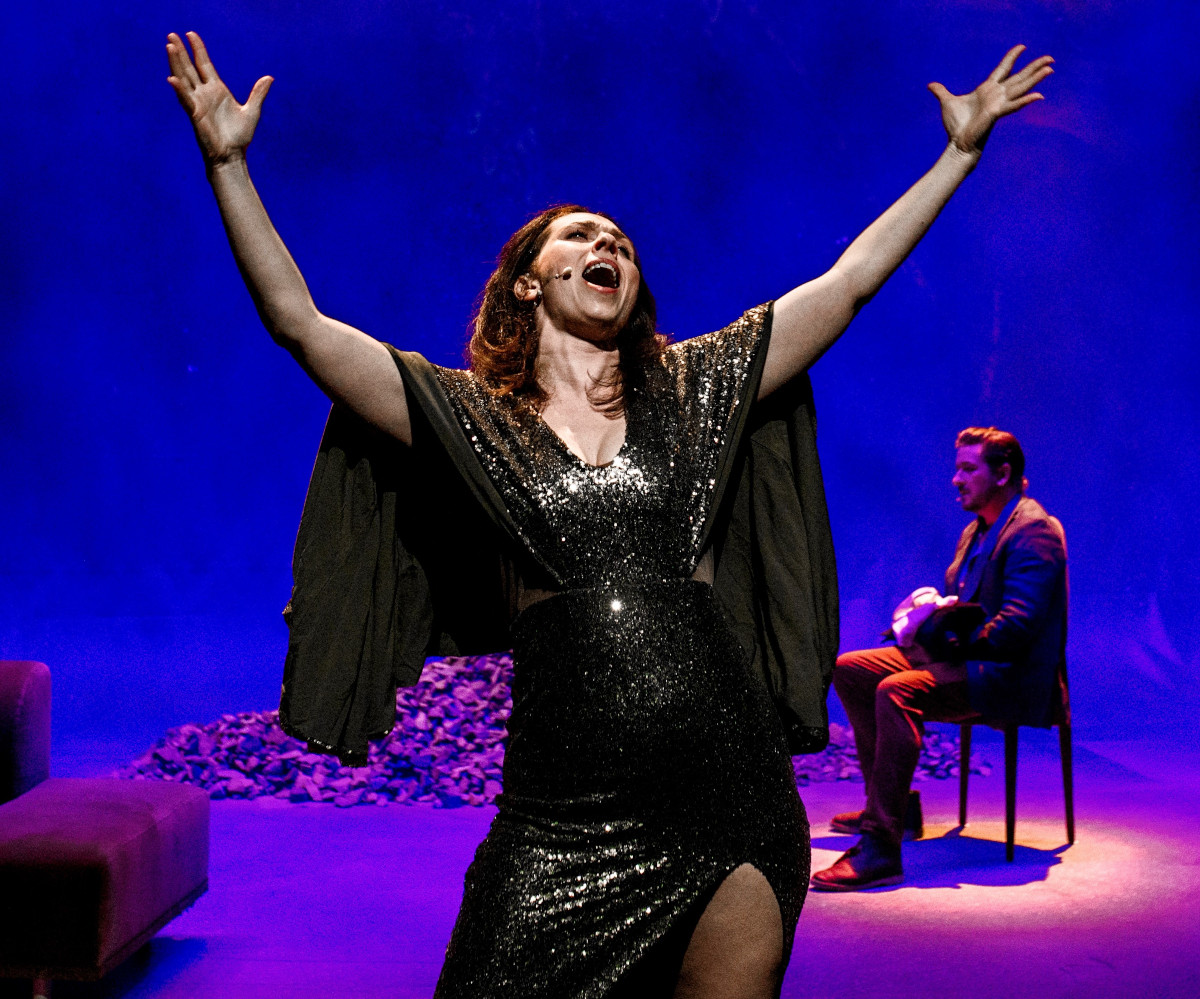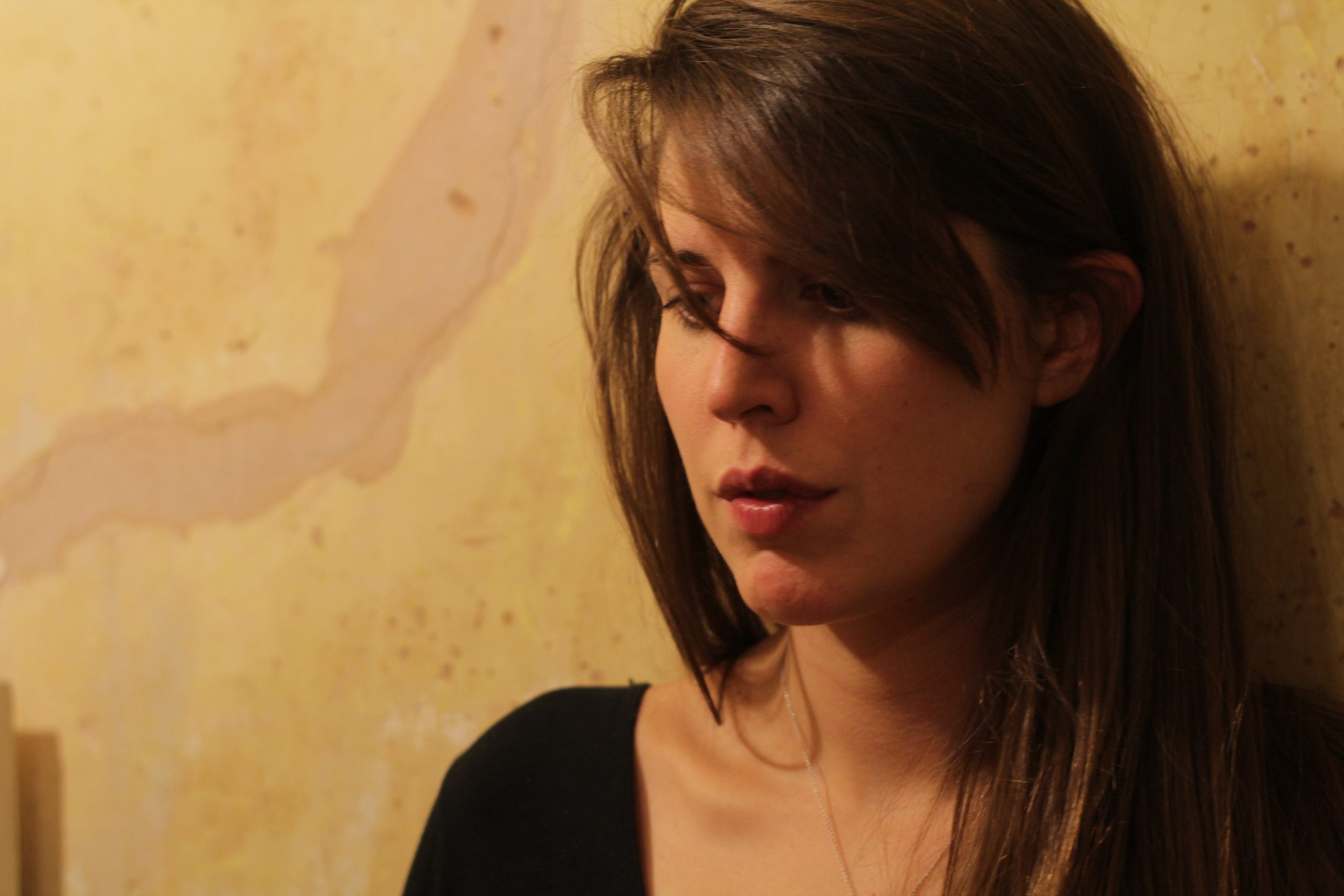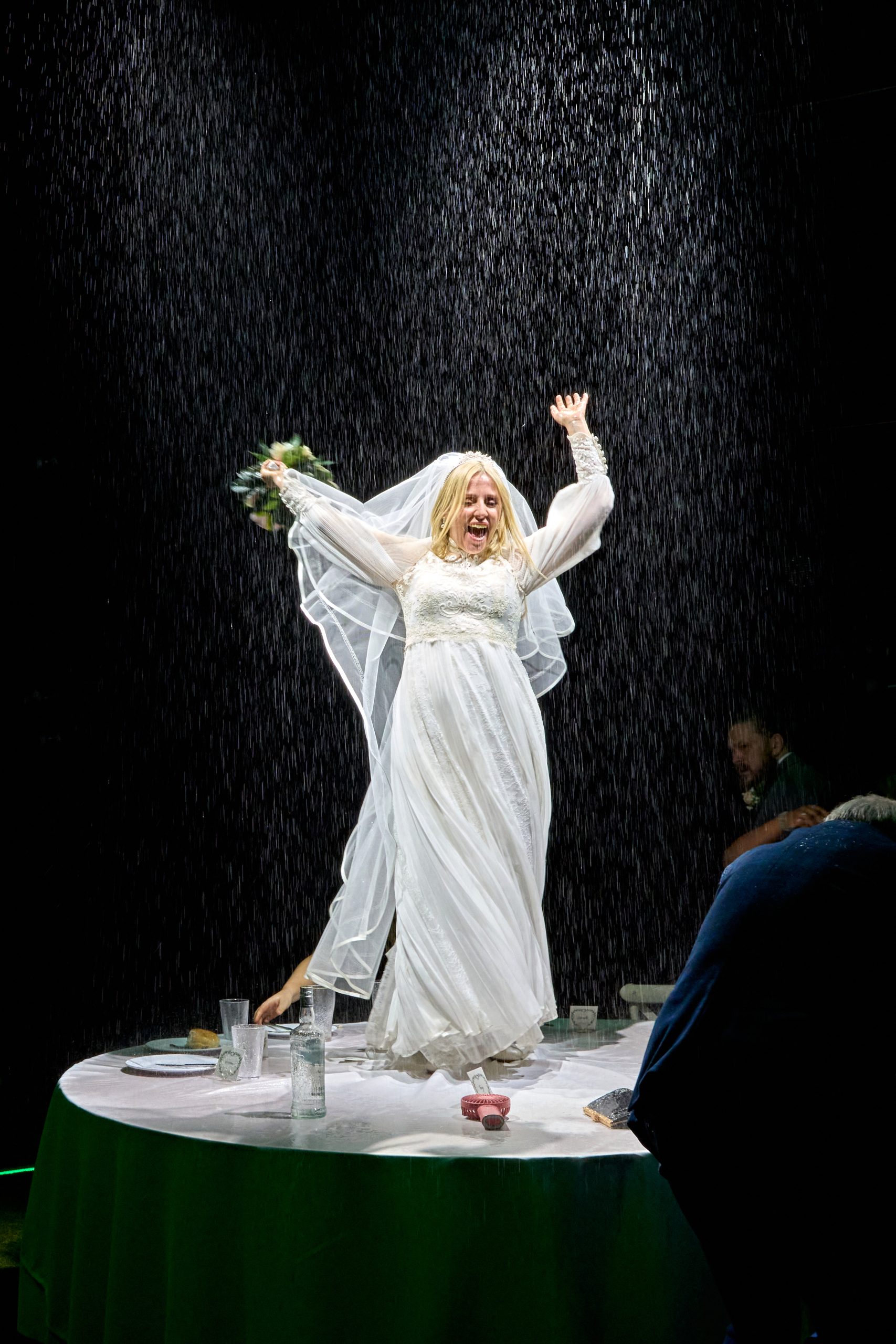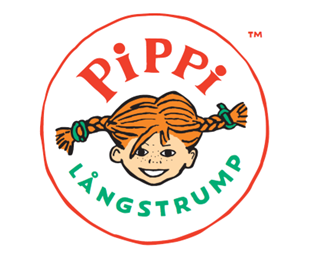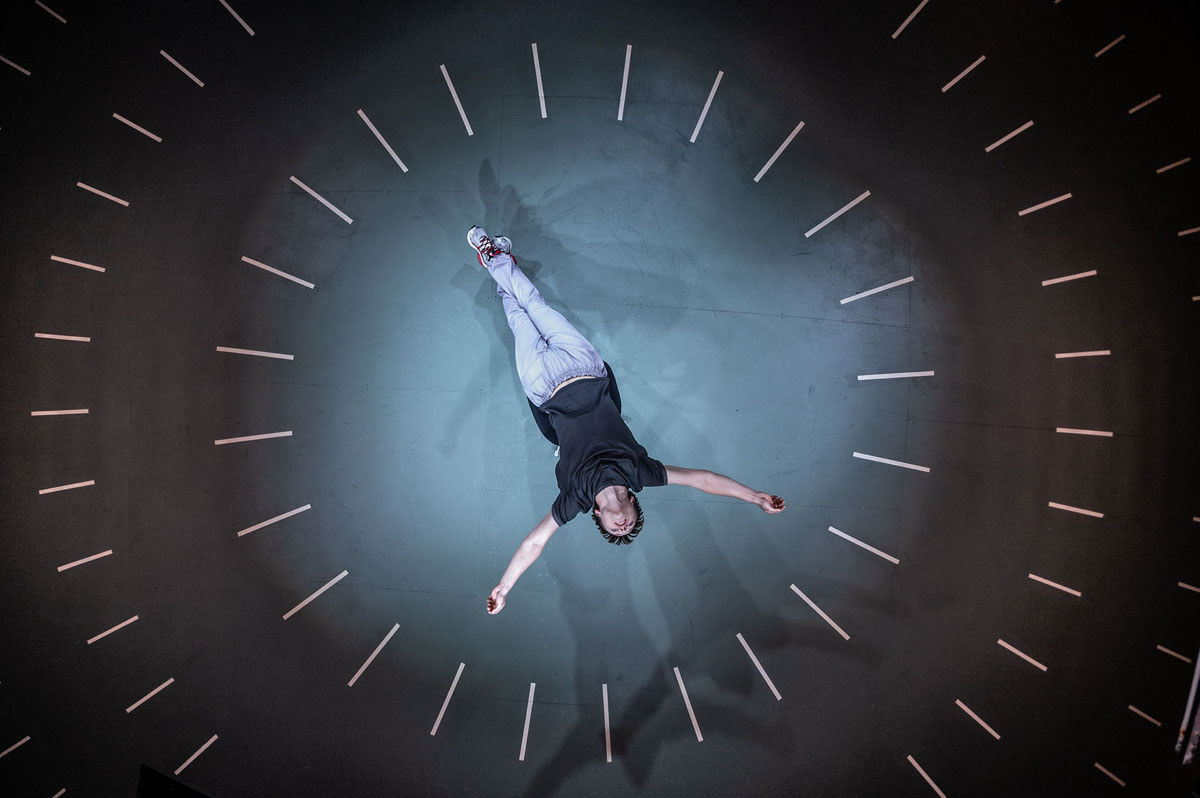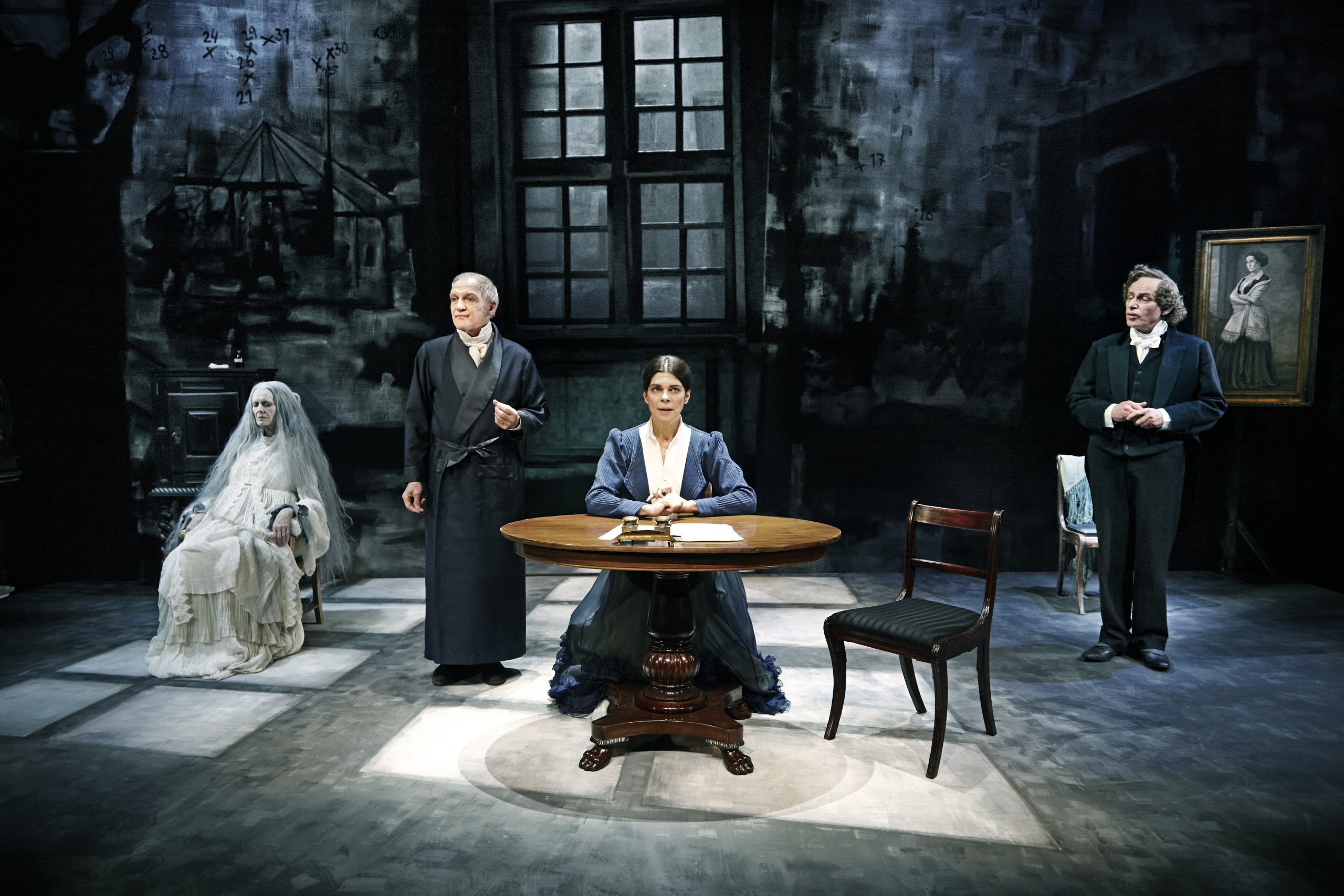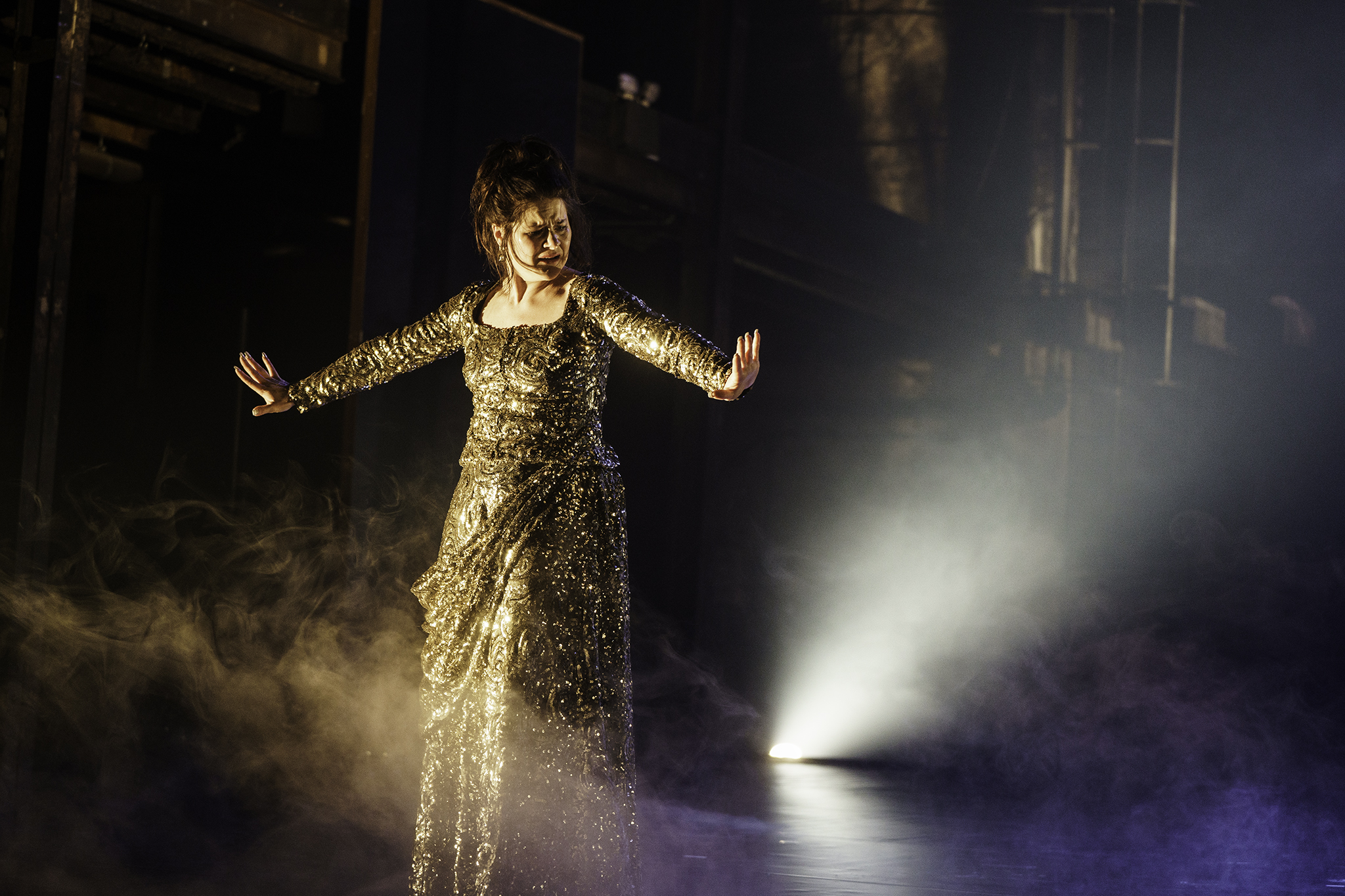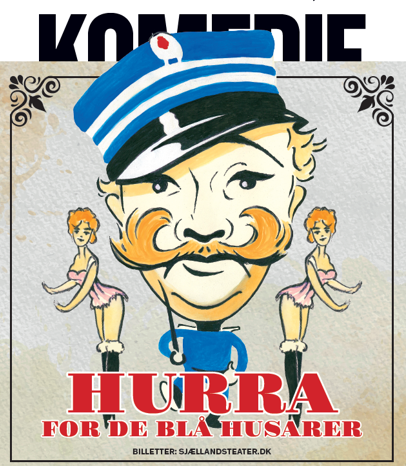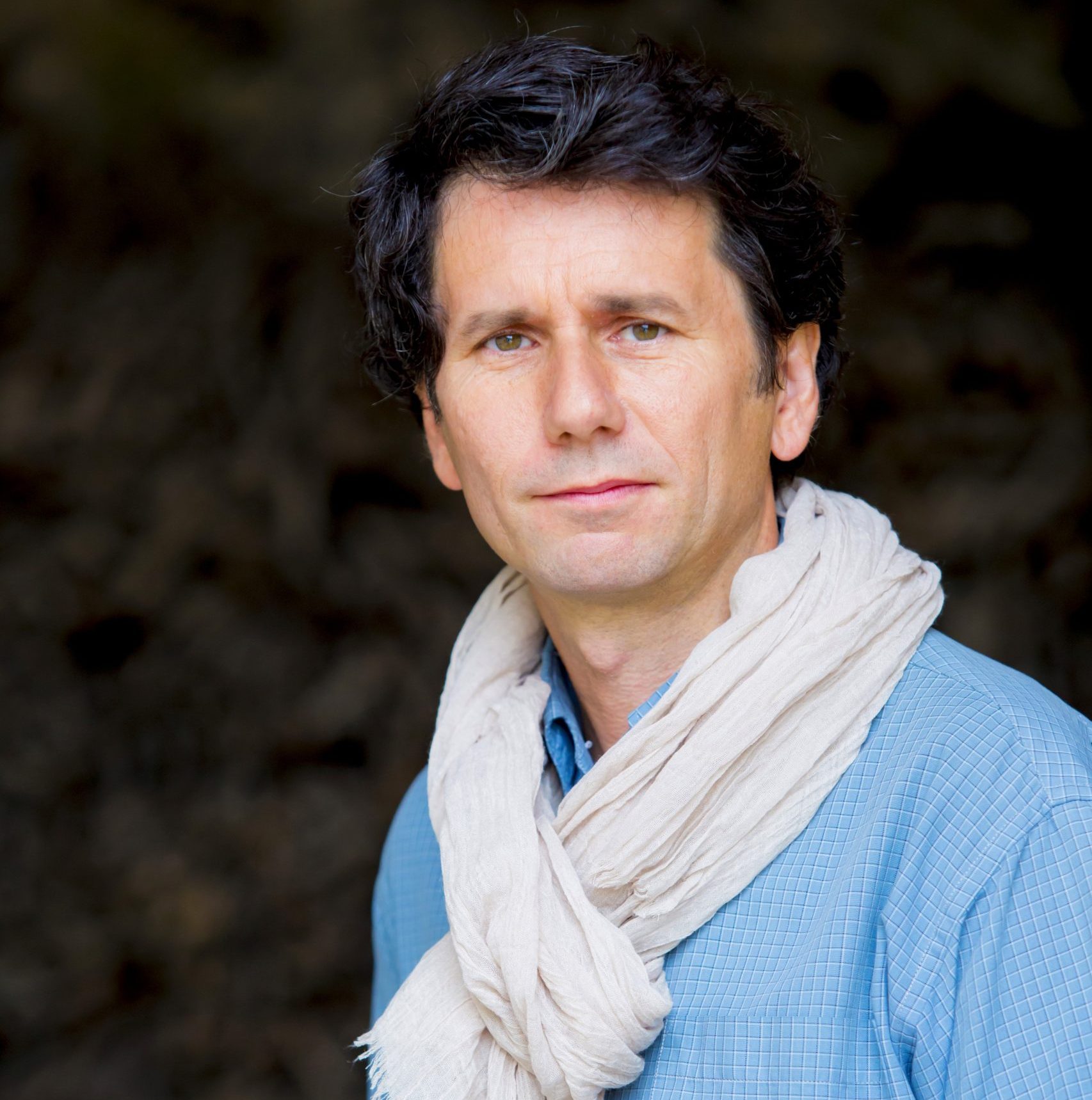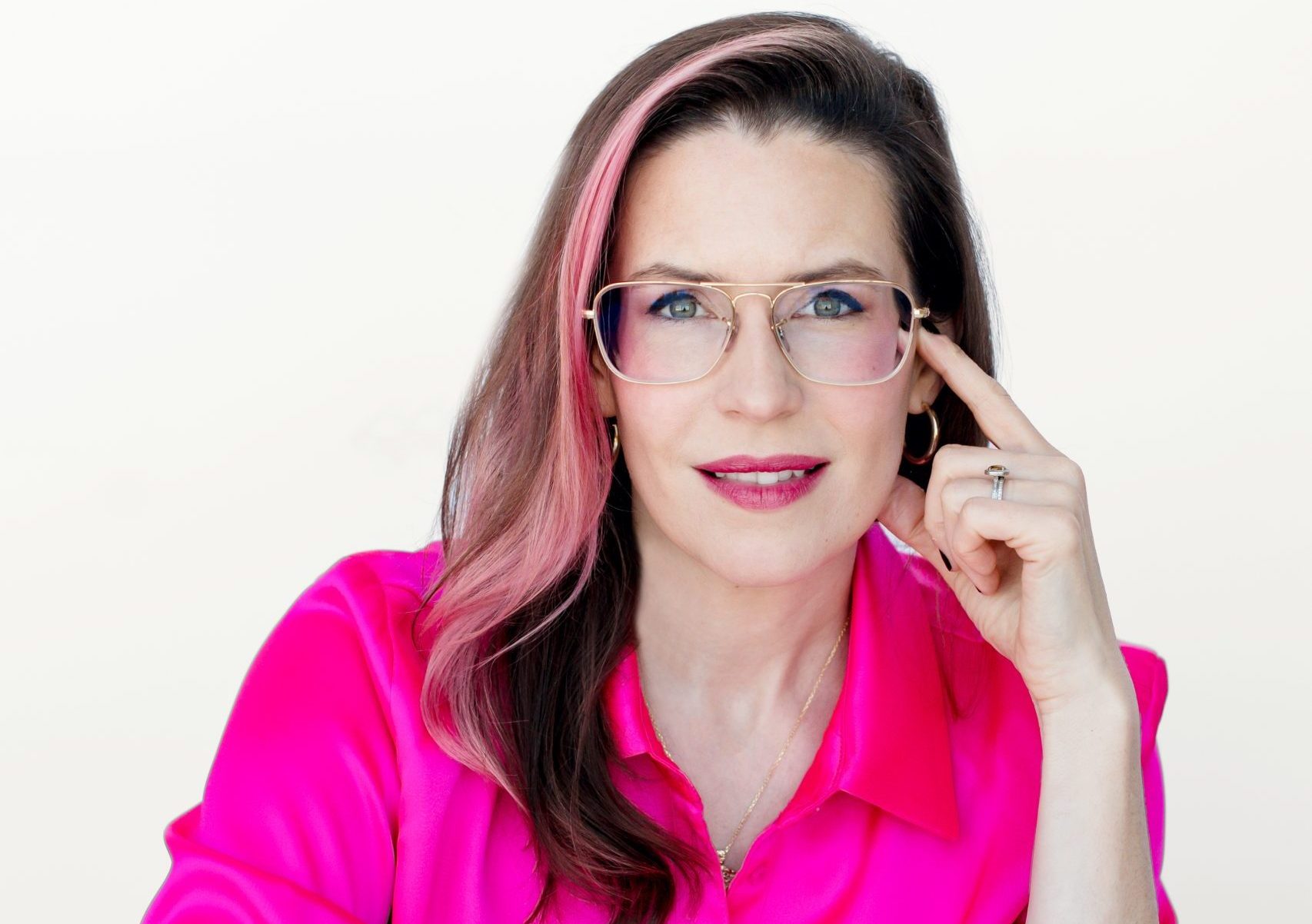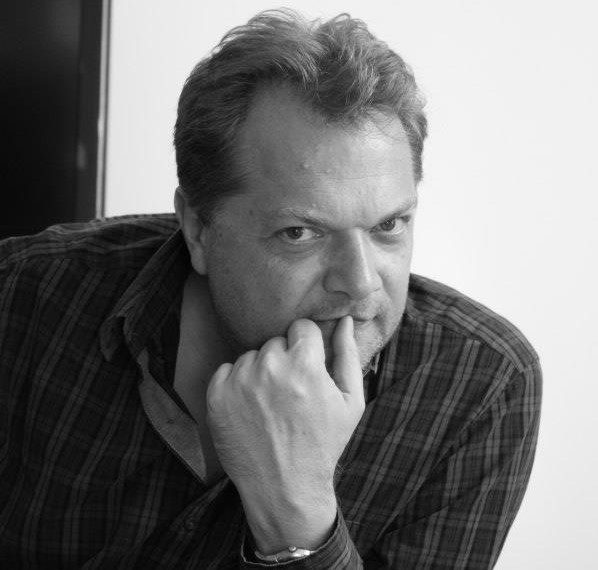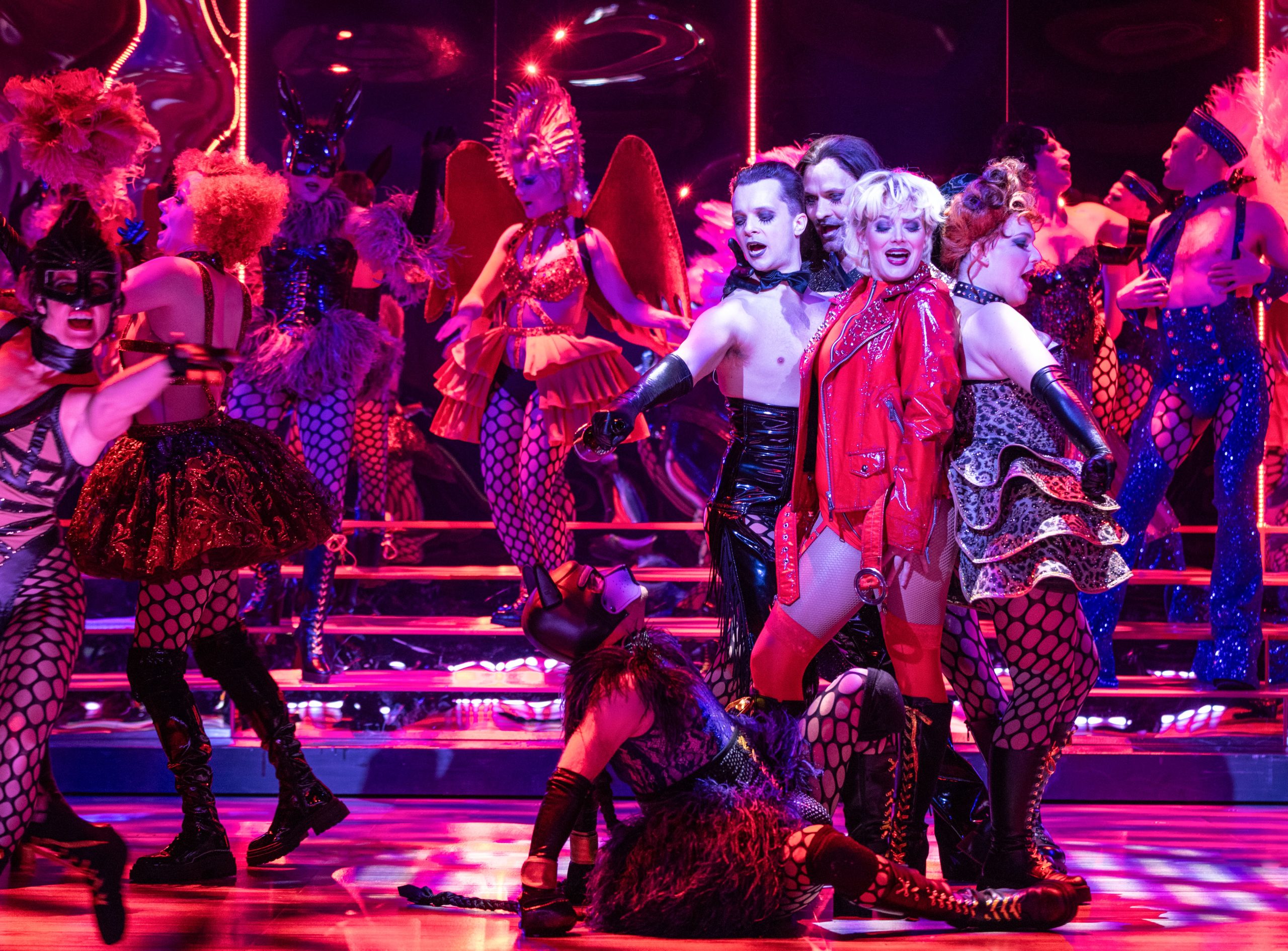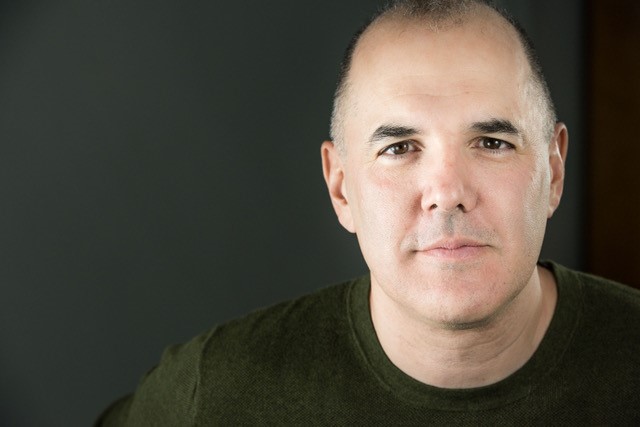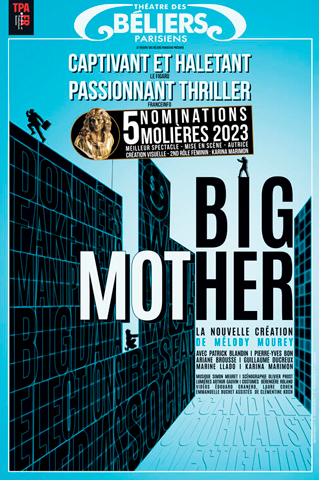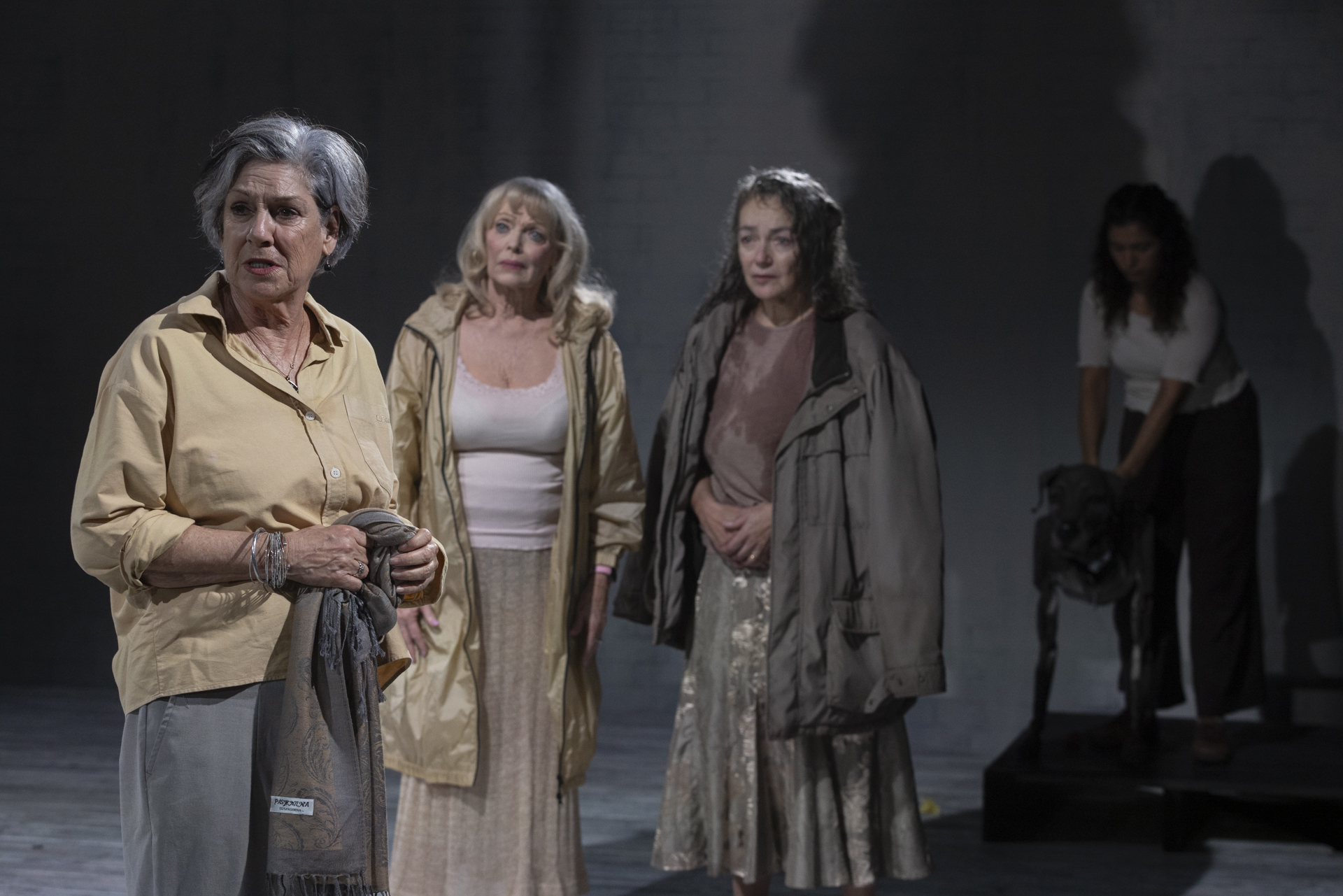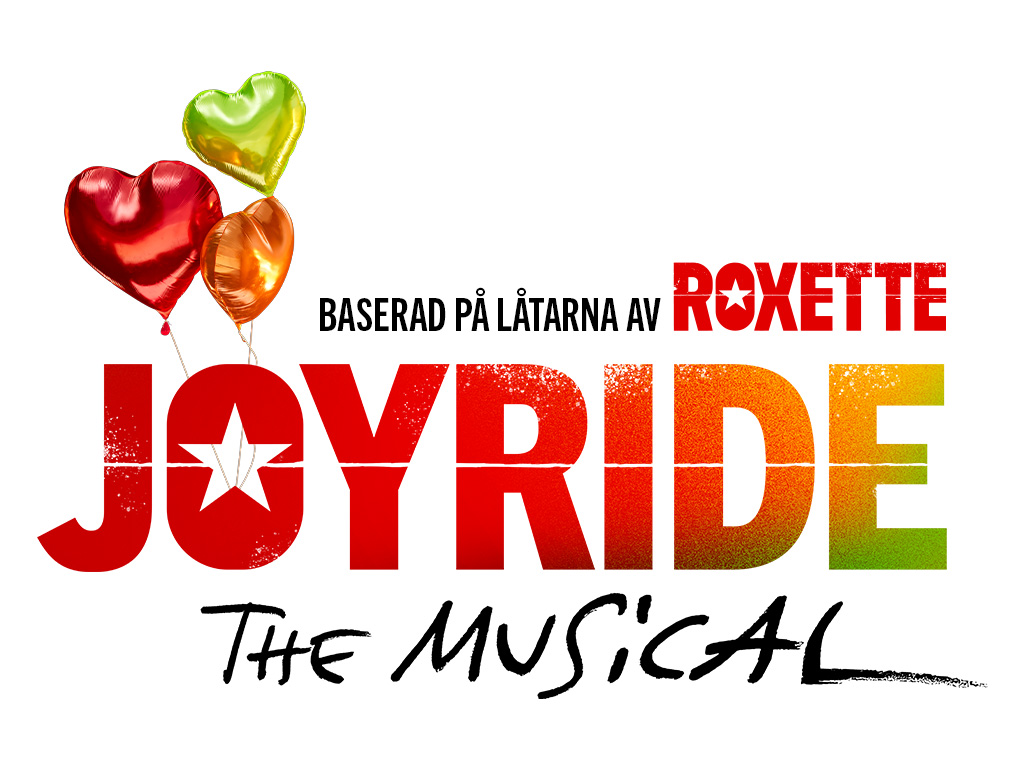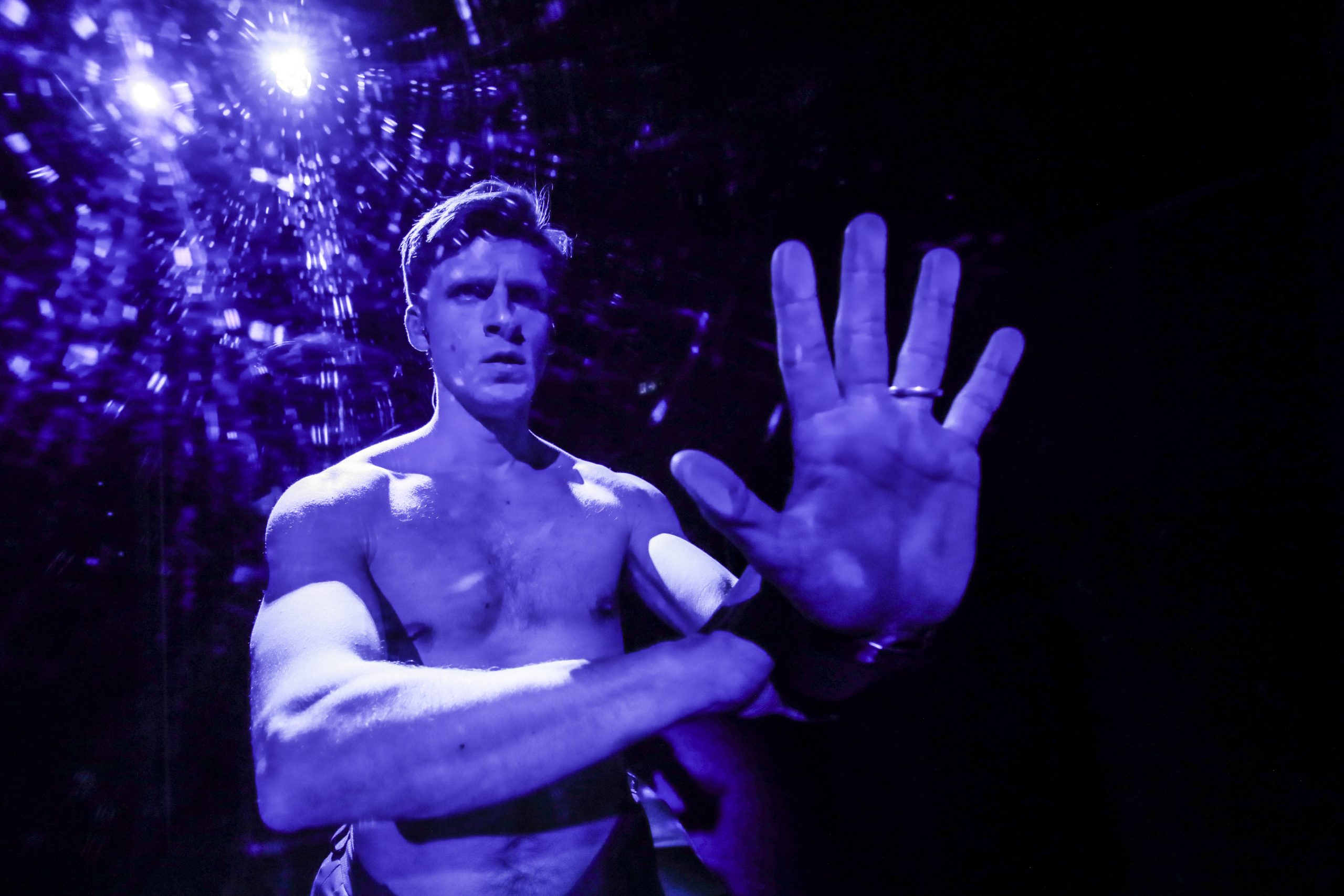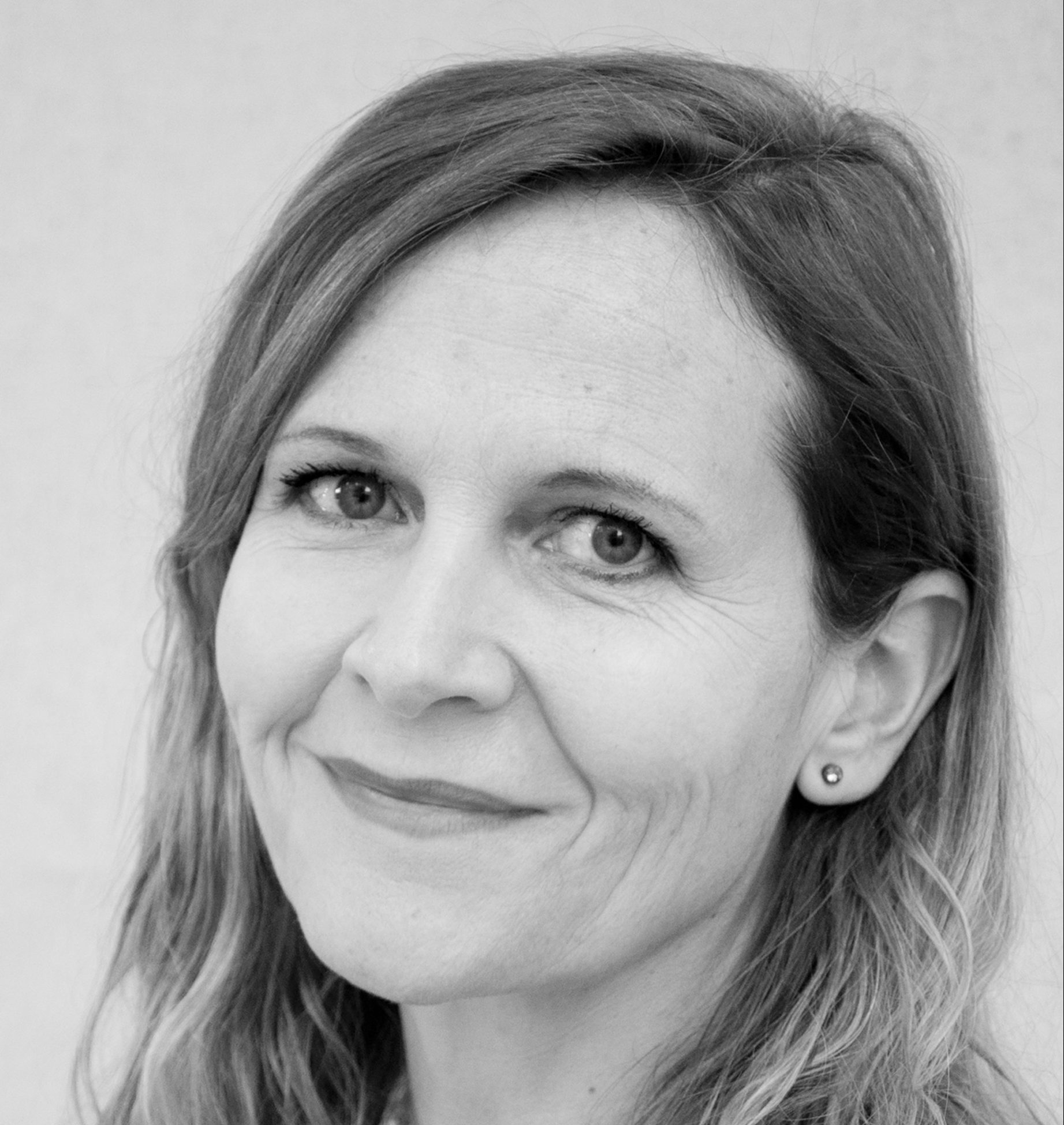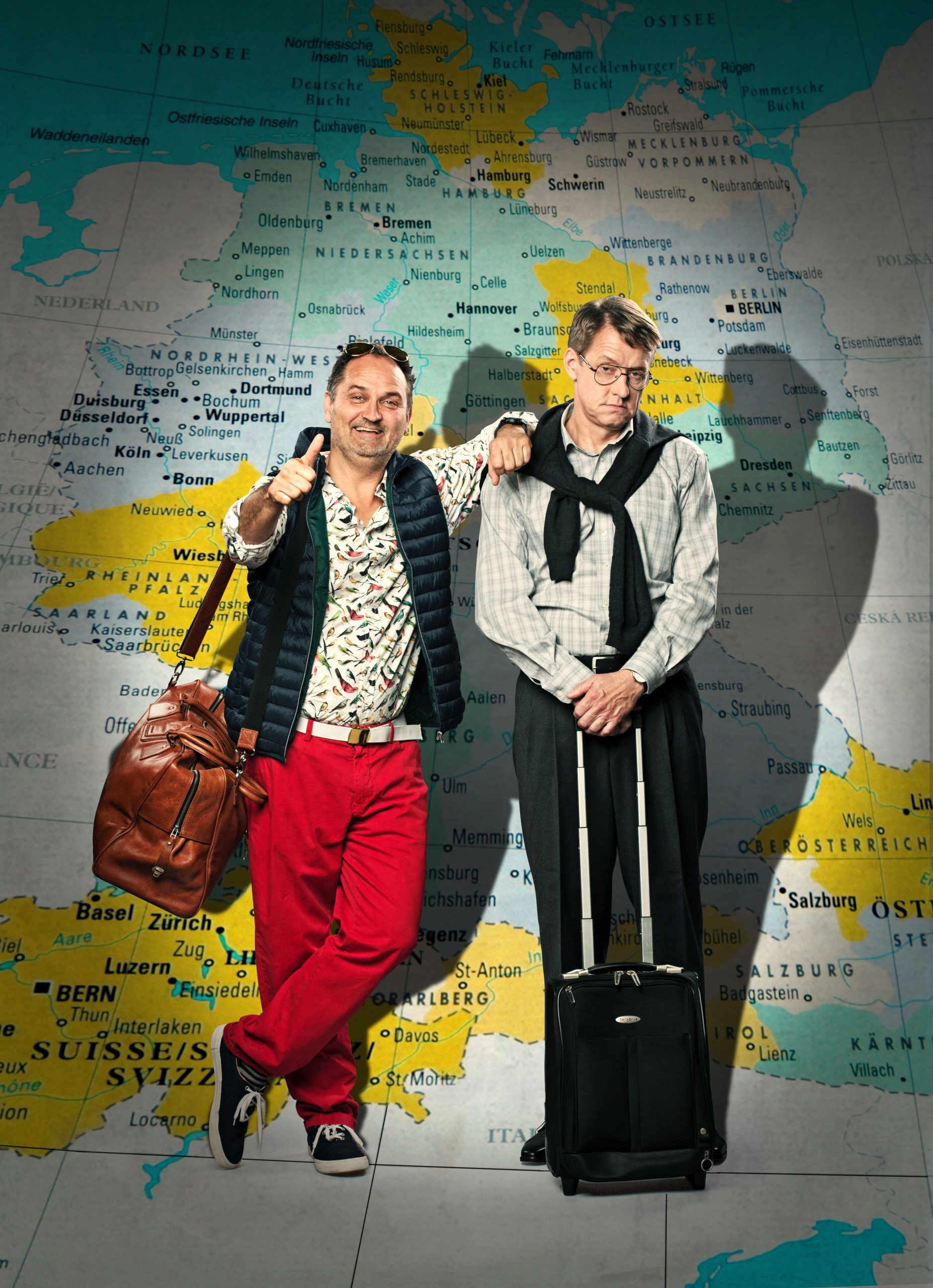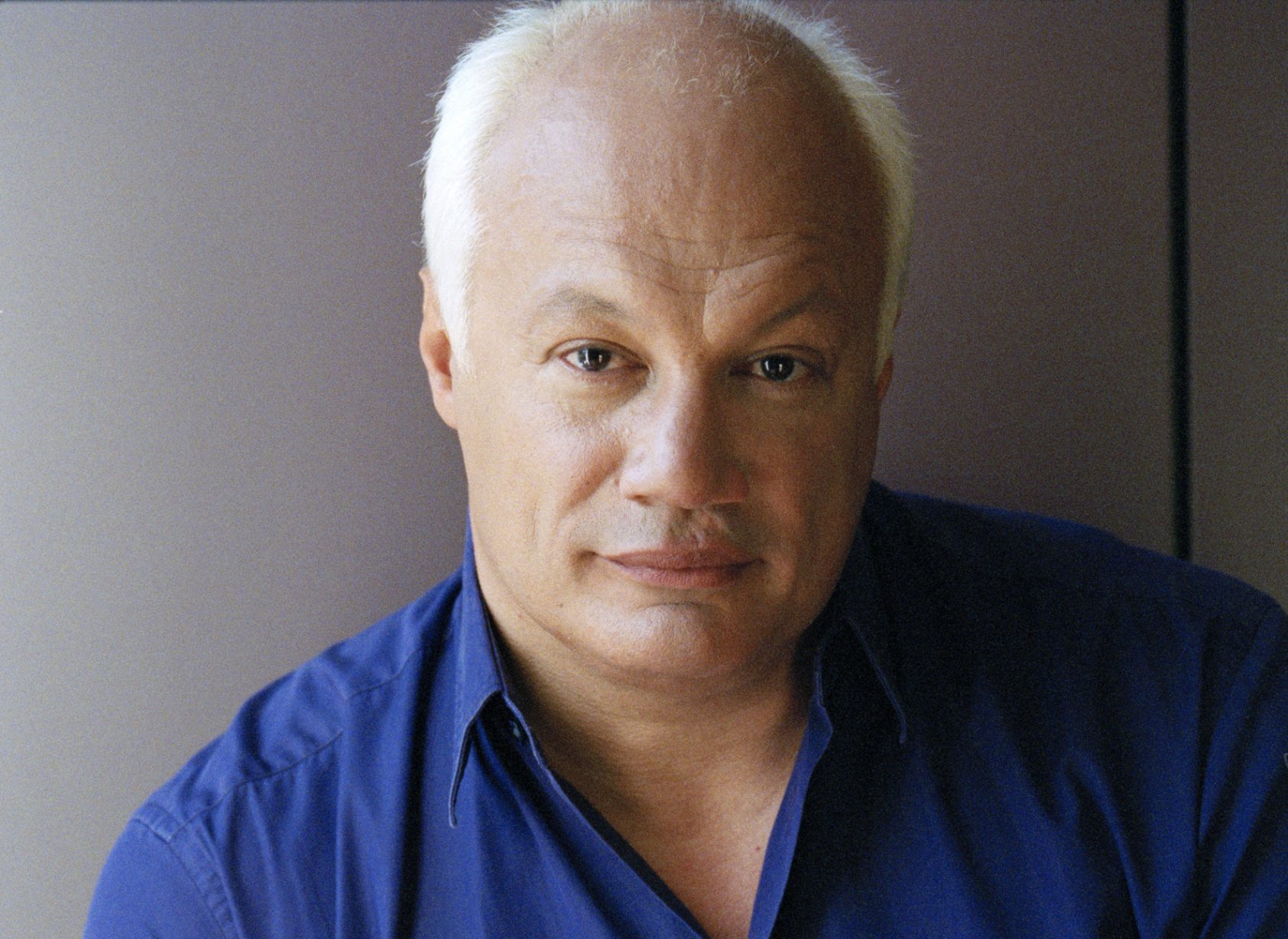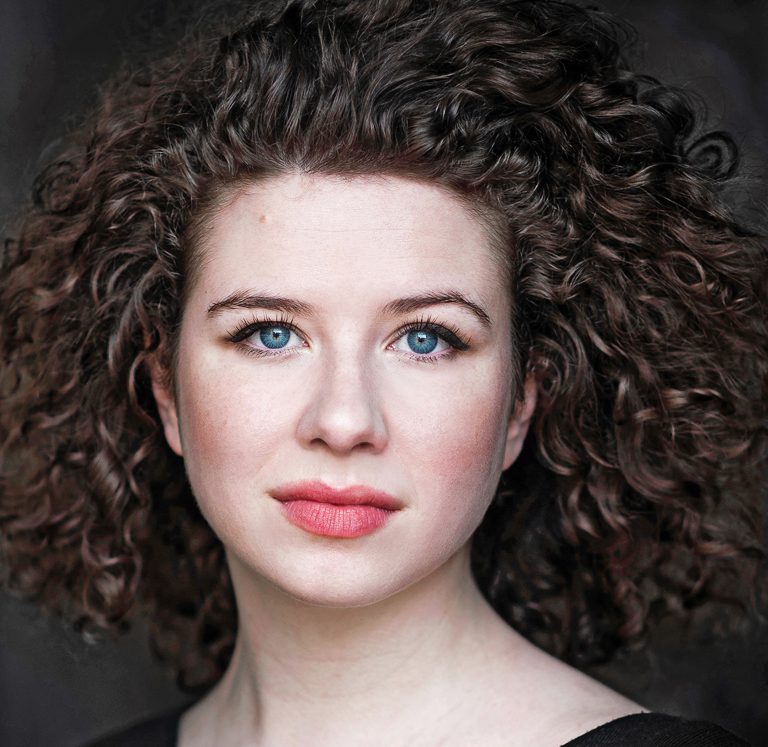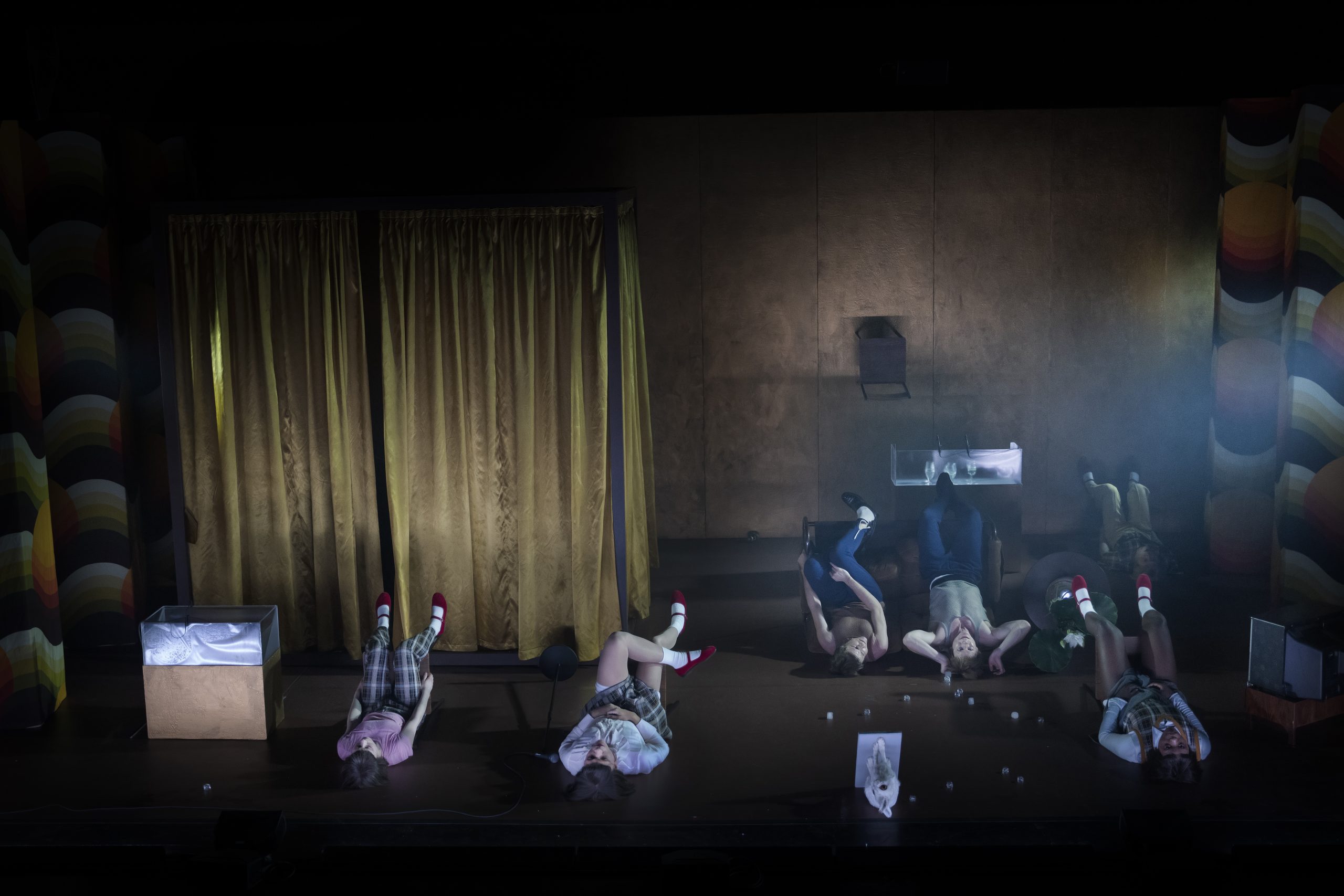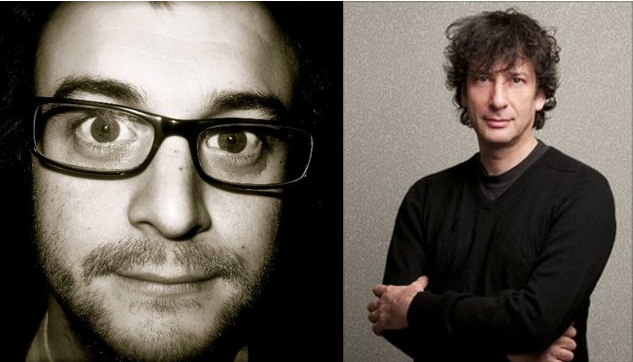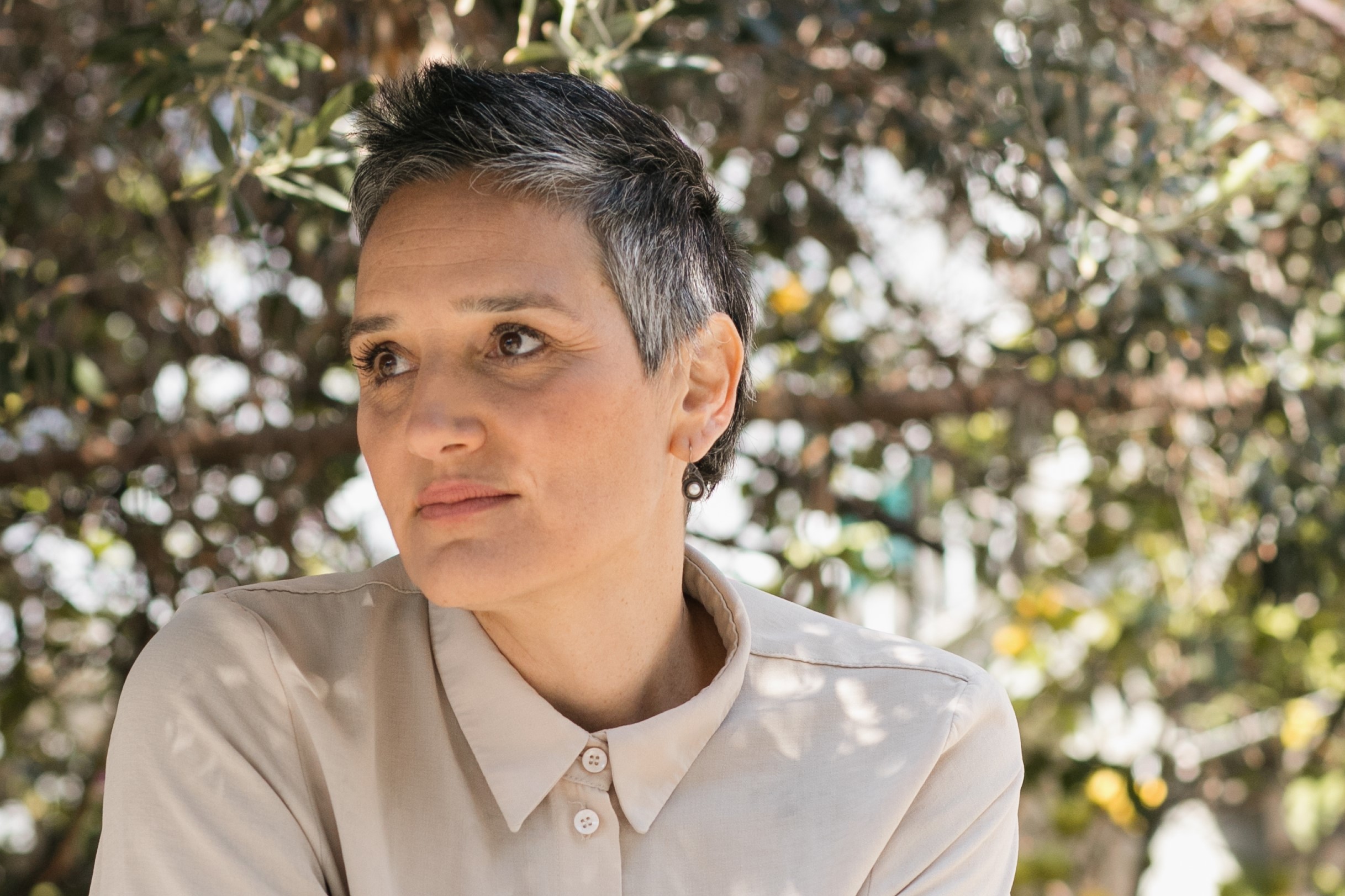Stella is 20 when Hitler declares that Berlin will be made “Jew-free” once and for all. Stella is blond, and young and beautiful, and she wants to be a singer in America. Or a film star, like Marlene Dietrich. But the Goldschlag family is not granted a visa. Instead of a great career Stella gets a yellow star. She hates this star as much as she hates being Jewish. Her parents are arrested and she goes underground, as do 8,000 other desperate Berlin Jews. In order to protect her parents from deportation, Stella agrees to collaborate with the Gestapo.
Stella is 35 when she is up for trial in the young Federal Republic of Germany for crimes against humanity. She is alleged to have tracked down in the service of the Gestapo more than 300 people who were in hiding, sending them to certain death. The German public is outraged at this “traitorous Full Jew” who led her fellow believers into the maw of the Nazis. But no one knows what really happened. And Stella remains silent.
Peter Lund shines a glaring spotlight on Stella. There is no black and no white, no side that is right. As an audience member, one cannot rest in comfortable viewpoints, but instead is forced to ask: How far would I go to save the people I love? Weren’t there any other options? Why didn’t Stella stop when it was clear that her parents could not be saved? Peter Lund makes neither victim nor perpetrator of Stella. Rather, he shows her to be what she is first and foremost: a human being who, swept along by the tide of historical events, has to make decisions. Wolfgang Böhmer’s music seems like the soundtrack of a film by the German Ufa film company that was never made. He creates a musical-theatrical tension whose poles are Late Romanticism and chanson, with a range from Arnold Schönberg to Kurt Weill, the Comedian Harmonists, and influences from march, waltz, ragtime, swing and folk music.

